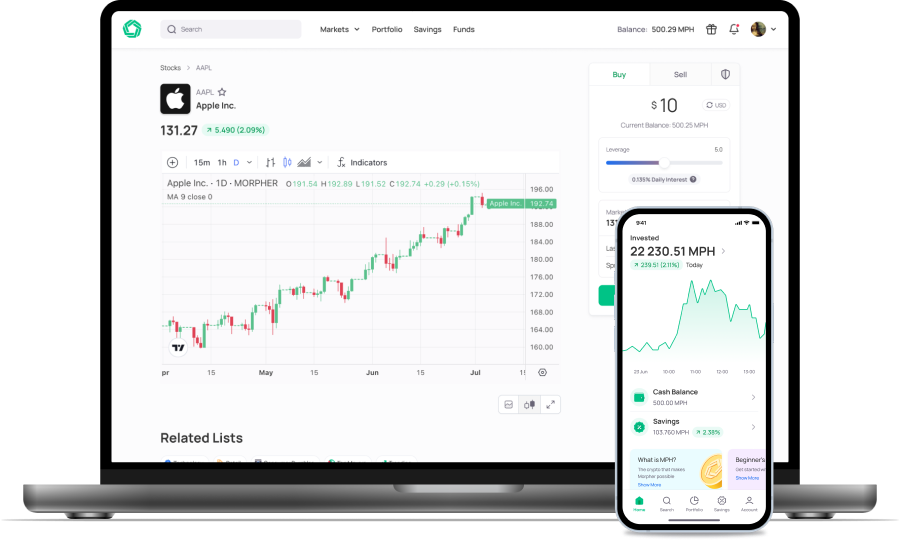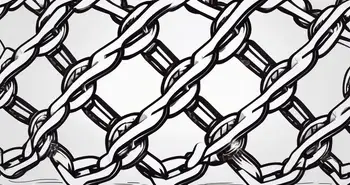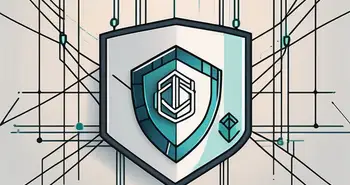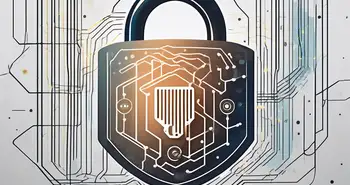What is a Blockchain Sidechain
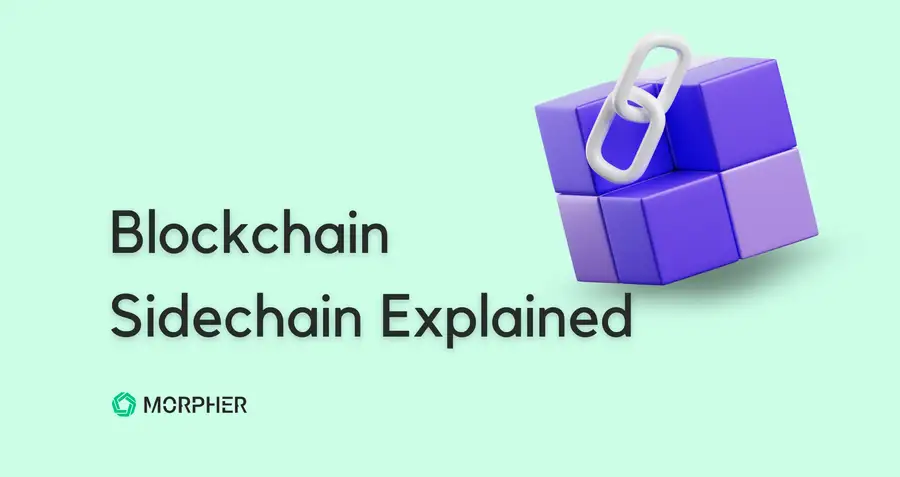
Blockchain technology has transformed how we manage data, transactions, and trust. In the UK, the London Stock Exchange Group has explored blockchain for digital asset settlements, showcasing its potential in regulated financial markets. Similarly, Canada’s Project Jasper, led by the Bank of Canada, has tested blockchain for interbank payments, highlighting its role in improving financial infrastructure. However, as its adoption grows, challenges like scalability and usability have surfaced.
Sidechains have emerged as a powerful solution, allowing blockchains to expand their capabilities while addressing these limitations. They might seem complex at first, but bear with us as we break them down step by step, covering how they work, their pros and cons, and how they differ from mainchains.
Blockchain Basics: Where Do Sidechains Fit In?
If you're new to blockchain and unfamiliar with some key concepts, we think this quick recap will give you a clearer understanding of how sidechains fit into the broader blockchain ecosystem.
At its core, blockchain is a decentralized digital ledger that records transactions across a network of computers. It ensures transparency, security, and immutability, meaning once data is recorded, it cannot be altered.
However, scalability is a major challenge. Public blockchains like Bitcoin and Ethereum can become slow and expensive due to network congestion. This is where sidechains come into play.
Understanding Mainchains and Why They Need Help
A mainchain (like Bitcoin or Ethereum) is the primary blockchain where transactions are recorded. While it provides security and decentralization, it has limitations in speed, cost, and flexibility.
Sidechains are an extension of mainchains, designed to offload transactions, reduce costs, and enable faster processing. They work alongside the mainchain while remaining interoperable with it.
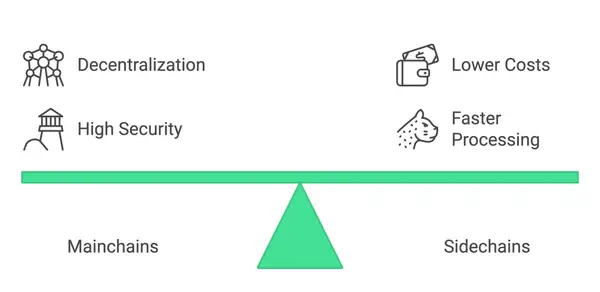
What is a Sidechain?
A sidechain is an independent blockchain that runs parallel to a mainchain while being connected to it through a two-way peg. This peg allows assets and data to move securely between the two chains.
Sidechains offer a way to enhance blockchain scalability and flexibility without overloading the mainchain. They allow developers to experiment with new features, protocols, or consensus mechanisms, process transactions faster, and reduce costs, all while maintaining a secure link to the main blockchain.
Think of a sidechain as a dedicated highway connected to a busy main road (mainchain). The main road ensures stability and security, while the dedicated highway (sidechain) allows for faster, more efficient movement without disrupting the main flow of traffic.
Different Types of Sidechains

Sidechains can be categorized into two main types: pegged and non-pegged sidechains. Pegged sidechains are directly connected to the main chain through two-way pegs, allowing for the transfer of assets between the main chain and the sidechain. Non-pegged sidechains, on the other hand, operate independently but still maintain a certain degree of interaction and compatibility with the mainchain.
How Do Sidechains Work?
Now that we understand what sidechains are, let’s explore how they function and how they interact with mainchains. Sidechains are designed to offload transactions from the mainchain, reducing congestion and enabling faster, cheaper transactions. However, not all sidechains work the same way. Some are tightly connected to their mainchains, while others function more independently.
How Sidechains Interact with Mainchains
As we mentioned above, sidechains connect to mainchains in two primary ways: pegged and non-pegged mechanisms. Pegged sidechains are the more common approach, especially in financial applications, while non-pegged sidechains offer greater independence.
Pegged Sidechains (Two-Way Pegs)
-
- Most sidechains today use a two-way peg, allowing assets to move securely between the mainchain and the sidechain.
- When tokens are transferred to the sidechain, they are locked on the mainchain, and an equivalent amount is minted on the sidechain.
- To return assets, the reverse happens. The sidechain burns the tokens, and the mainchain releases the originals.
Example: Bitcoin’s Liquid Network, which enables fast Bitcoin transactions with pegged BTC on a separate blockchain.
Non-Pegged Sidechains
-
- Some sidechains operate without a pegging mechanism and have their own native tokens. Instead of moving assets directly, users interact with the sidechain using bridges or third-party services.
- These sidechains are popular for scalability solutions, as they allow more flexibility in governance and transaction processing.
Polygon, which acts as a scaling solution for Ethereum but has its own token (MATIC) rather than using a strict two-way peg.
Interestingly, pegged sidechains are more widely adopted in financial applications since they ensure that assets maintain value parity with the mainchain. Meanwhile, non-pegged sidechains are favored for scalability solutions, where transaction speed and low costs matter more than strict asset parity.
Morpher’s Sidechain: Scaling Trading for the Future
UK and Canada, regulatory bodies like the FCA and the OSC have acknowledged scalability as a crucial challenge for blockchain adoption. Ethereum, as of June 2020, could handle no more than 20 transactions per second, far from enough for a platform like Morpher, which aims to support thousands of active traders globally. To bridge this gap, Morpher leverages a Plasma-based sidechain that enables fast, feeless trading while staying cryptographically linked to Ethereum for security.
Plasma is an Ethereum scaling solution designed to offload transactions from the mainchain while maintaining a secure connection. Plasma sidechains help reduce congestion, lower costs, and improve transaction speed, challenges that are particularly relevant for high-frequency applications like trading.
Morpher is built for speed, efficiency, and accessibility, making trading seamless and cost-free. The Plasma sidechain is just one of the many innovations powering this experience. Curious about what else sets Morpher apart? Explore the future of trading for yourself.
Advantages and Disadvantages of Blockchain Sidechains
As with any technology, blockchain sidechains come with their own set of advantages and disadvantages. Let's explore both sides of the equation.
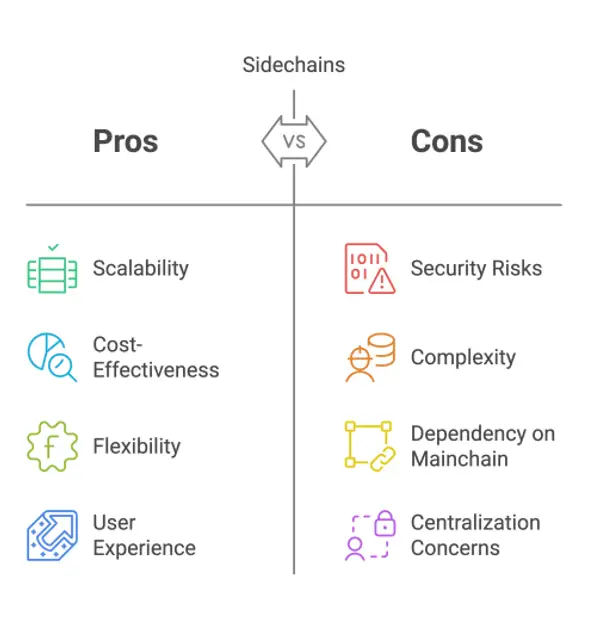
Benefits of Implementing Sidechains
The implementation of sidechains provides several benefits within the blockchain ecosystem. Firstly, sidechains improve scalability, as mentioned earlier. By offloading certain transactions, sidechains reduce congestion on the main chain, leading to faster and more efficient transactions. Furthermore, sidechains enable experimentation and innovation by allowing developers to test and deploy new features and protocols without disrupting the main chain. They also promote interoperability and asset transfer between different blockchains, fostering a connected and collaborative ecosystem.
Potential Risks and Challenges
While sidechains offer numerous advantages, it is essential to recognize the potential risks and challenges they pose. Sidechains introduce an additional layer of complexity to the blockchain ecosystem, and their security must be thoroughly evaluated and tested. The process of transferring assets between different chains may also introduce potential vulnerabilities that need to be addressed carefully. Furthermore, the interoperability between sidechains and the main chain requires robust protocols and standards to ensure smooth and secure asset movement.
What’s Next for Sidechains?
Sidechains are quickly tackling issues like scalability, privacy, and interoperability. They allow developers to test new features without disrupting the mainchain, making them the perfect playground for innovation.
Privacy Upgrades: More sidechains are adopting zero-knowledge proofs (ZKPs) and secure multi-party computation (sMPC) to enable confidential transactions while keeping things decentralized.
Better Interoperability: The goal is seamless blockchain connections. Projects like Polygon, Nervos, and Avalanche, along with UK-based blockchain initiatives like Quant Network and Canada’s Dapper Labs, are leading the way in making blockchains talk to each other, allowing assets and data to move freely.
Sidechains aren’t just an add-on, they’re shaping blockchain’s future. They let developers experiment safely, help networks scale, and push blockchain beyond finance into areas like gaming, identity verification, and supply chains.
As blockchain ecosystems become more connected, sidechains will play a key role in making decentralized applications faster, cheaper, and more accessible. The future? More freedom, more speed, and fewer limitations. Want to experience the future of trading?
Join Morpher and see it in action.
FAQs
Q: What is the purpose of sidechains in blockchain?
A: Sidechains serve multiple purposes in the blockchain ecosystem. They enhance scalability by offloading transactions from the main chain, facilitate experimentation and innovation, and enable interoperability between different blockchains.
Q: How do sidechains interact with the main chain?
A: Sidechains interact with the main chain through a two-way peg system. This system allows for the secure transfer of assets between the main chain and the sidechain, ensuring their integrity and preventing any impact on the main chain.
Q: What are the advantages of implementing sidechains?
A: Implementing sidechains improves scalability, allows for experimentation and innovation without disrupting the main chain, and promotes interoperability and asset transfer between different blockchains.
Q: What are the potential risks and challenges of sidechains?
A: Sidechains introduce additional complexity and potential security risks to the blockchain ecosystem. Their interoperability with the main chain requires robust protocols, and the process of transferring assets between chains must be carefully evaluated to address vulnerabilities.
Q: What is the future of blockchain sidechains?
A: The future of blockchain sidechains is promising. Emerging trends focus on enhancing privacy and confidentiality. Sidechains will continue to drive the evolution of blockchain, enabling it to cater to a wider array of use cases and industries while fostering a more interconnected and collaborative ecosystem.
Ready to be part of the trading evolution? Sign Up and Get Your Free Sign Up Bonus today and join the Morpher community, where the future of investing is being shaped every day.

Disclaimer: All investments involve risk, and the past performance of a security, industry, sector, market, financial product, trading strategy, or individual’s trading does not guarantee future results or returns. Investors are fully responsible for any investment decisions they make. Such decisions should be based solely on an evaluation of their financial circumstances, investment objectives, risk tolerance, and liquidity needs. This post does not constitute investment advice.

Painless trading for everyone
Hundreds of markets all in one place - Apple, Bitcoin, Gold, Watches, NFTs, Sneakers and so much more.

Painless trading for everyone
Hundreds of markets all in one place - Apple, Bitcoin, Gold, Watches, NFTs, Sneakers and so much more.
